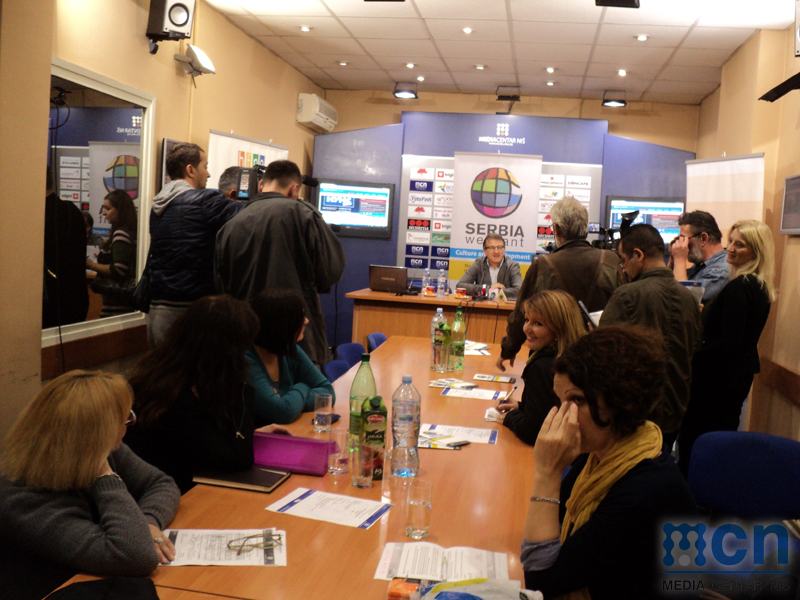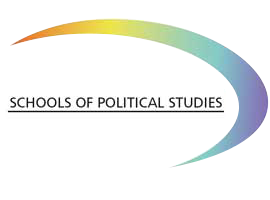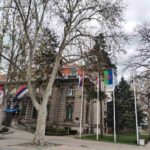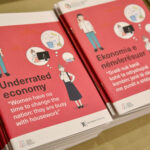Second round of consultations with representatives of civil society regarding the United Nations post-2015 Millenium Development Goals was held today in Niš. Since the event coincided with the World Fight against Poverty Day, much space devoted to the interrelation between culture, education and poverty reduction.
Our guests – representing civil society from the south of Serbia – were first addressed by Mr. Siniša Šešum, Head of the UNESCO office in Sarajevo and Jagoda Stamenković, Senior Advisor in the Ministry of Culture and Information. Representatives of CSOs dealing with the issue of poverty reduction and advancing education in Serbia were invited to take part.
Most important issues that were mentioned and addressed included:
- the necessity to safeguard cultural diversity, and potential for the community which cultural diversity has;
- the “culture of poverty” represents a systemic problem which can not be resolved without cross-sectoral cooperation;
- education has a key role in the “fight against poverty”, with special attention devoted to life-long learning and education of adults;
- culture and art(s) should be promoted as means for strengthening solidarity, tolerance, development of critical thinking and self-initiative;
- culture politics should be decentralized into local communities, where citizens can have a more direct influence on decision-making, as well as access to creative content;
- civil society should play a more direct role in cultural policy as well as oversee preparation and implementation.
Participants have particularly emphasized the importance of nurturing a “culture of dialogue” along with the need to improve the political culture; and that it is necessary to adopt best practices that should be applied in the local community first.
Serbia has been selected as one of the countries in which consultations on the relation between culture and development primarily because it was the first stage of consultation, which lasted from 2012 to 2013, which had shown that the population of Serbia highlighted culture as an important driver of development. See more at: www.srbijakakvuzelim.rs













